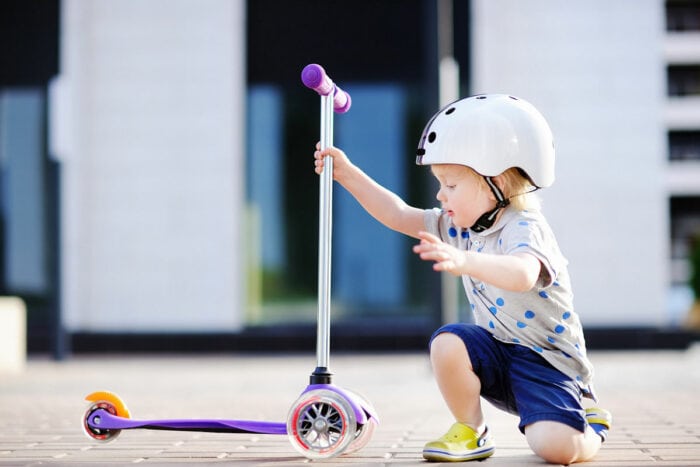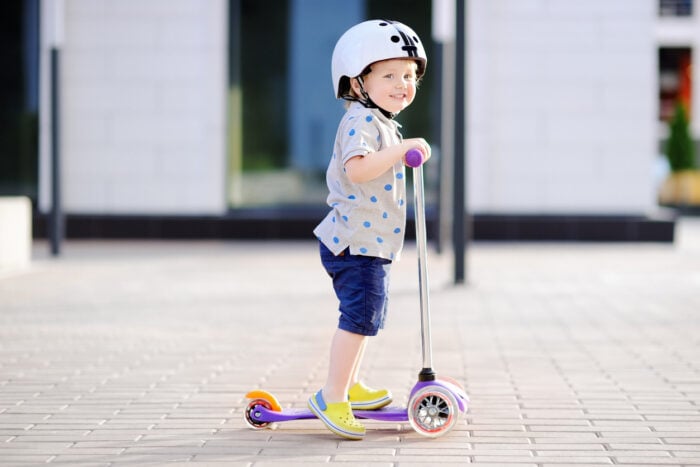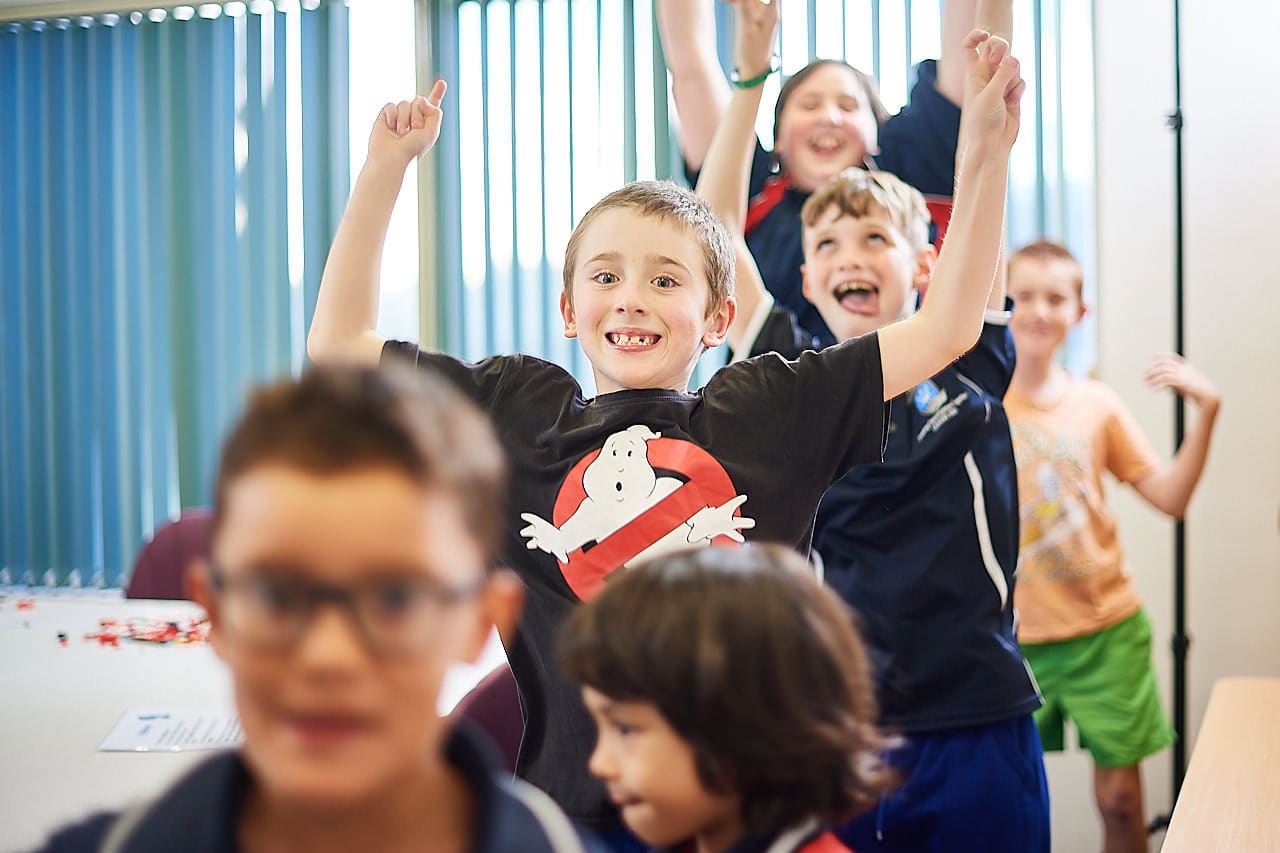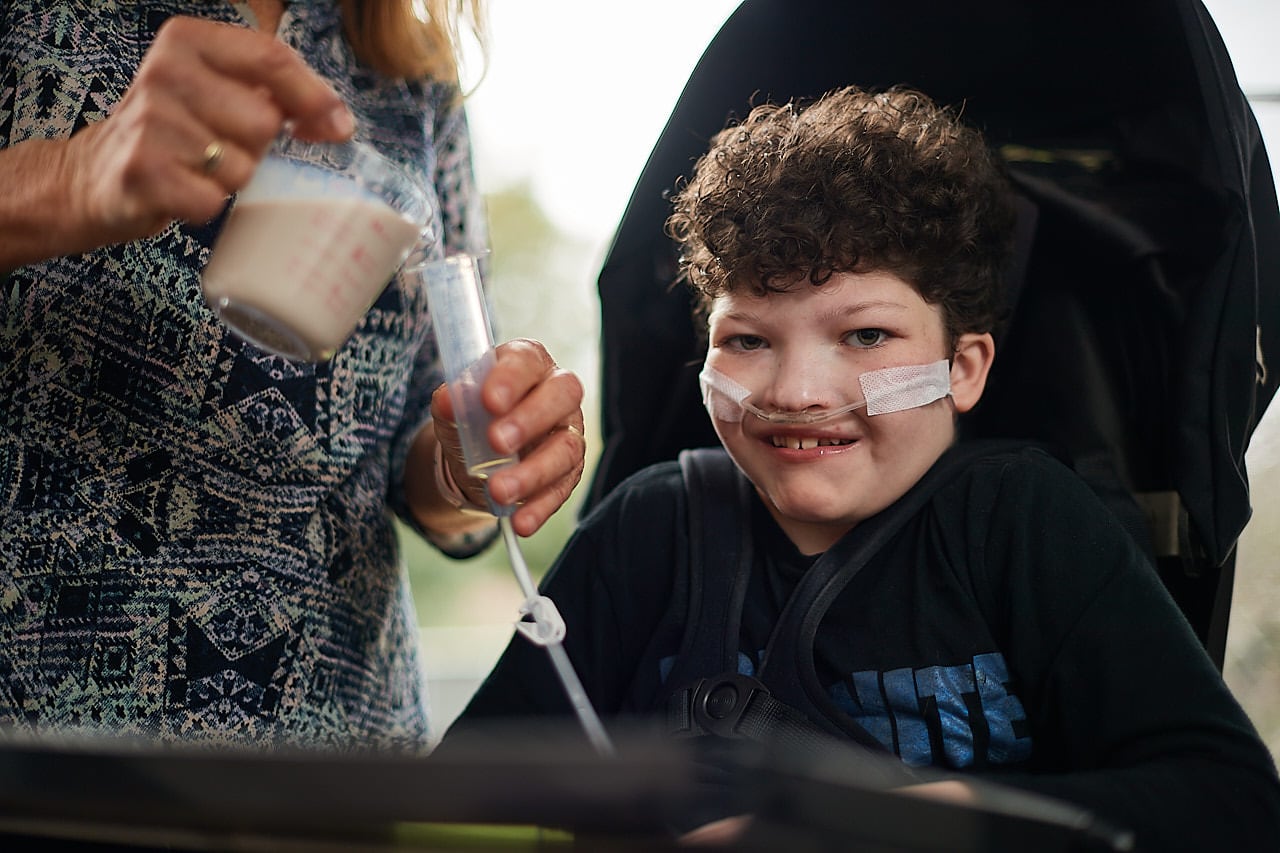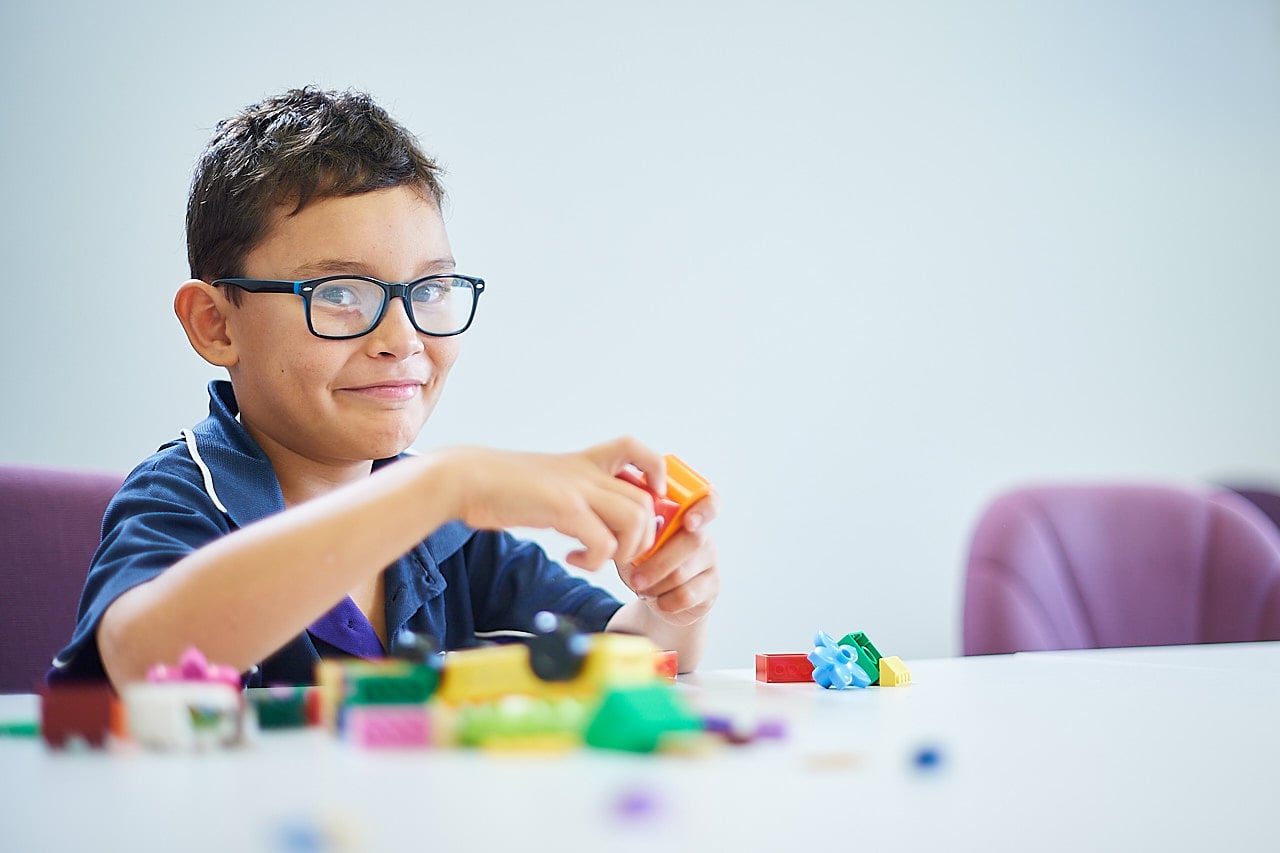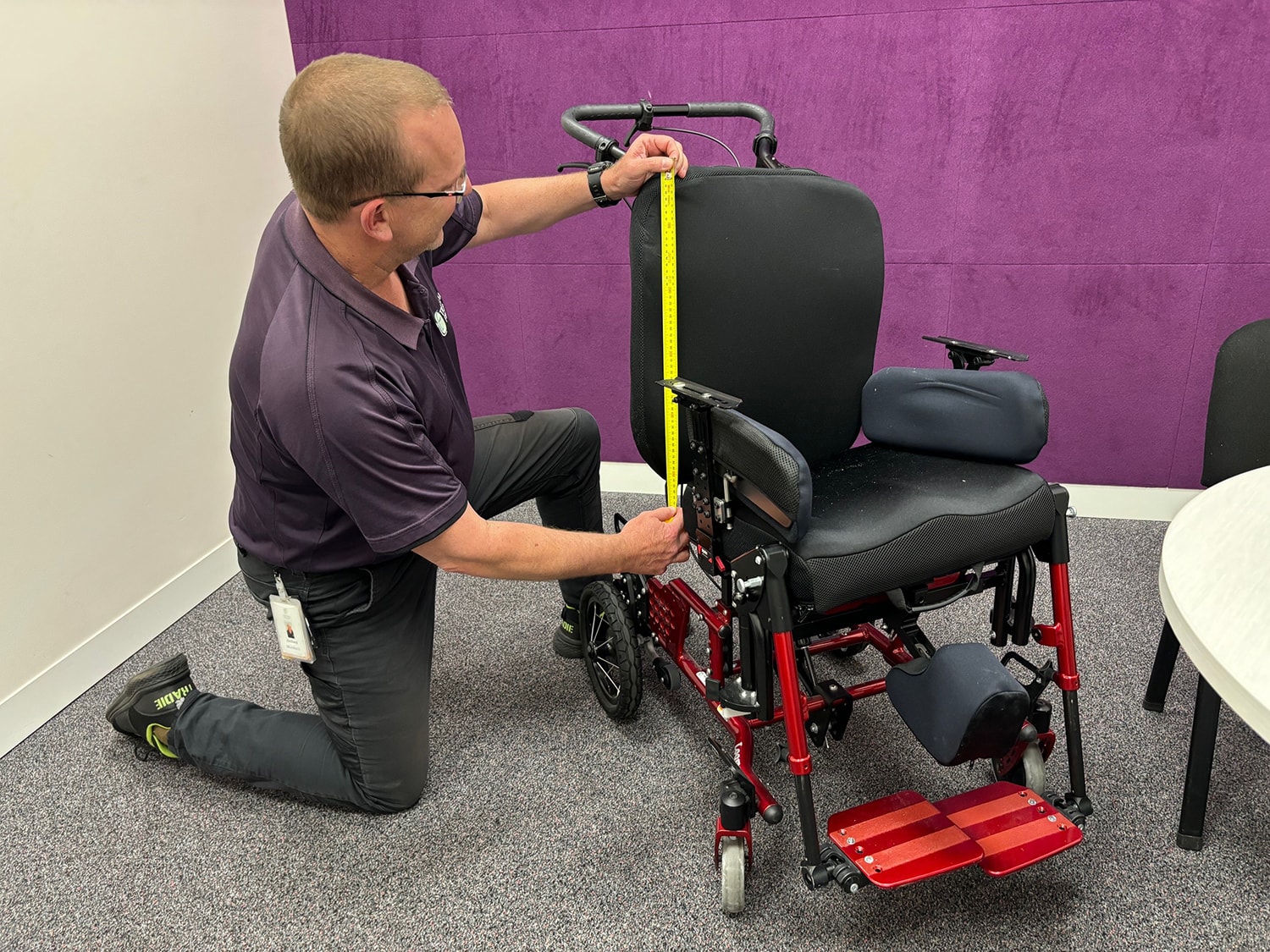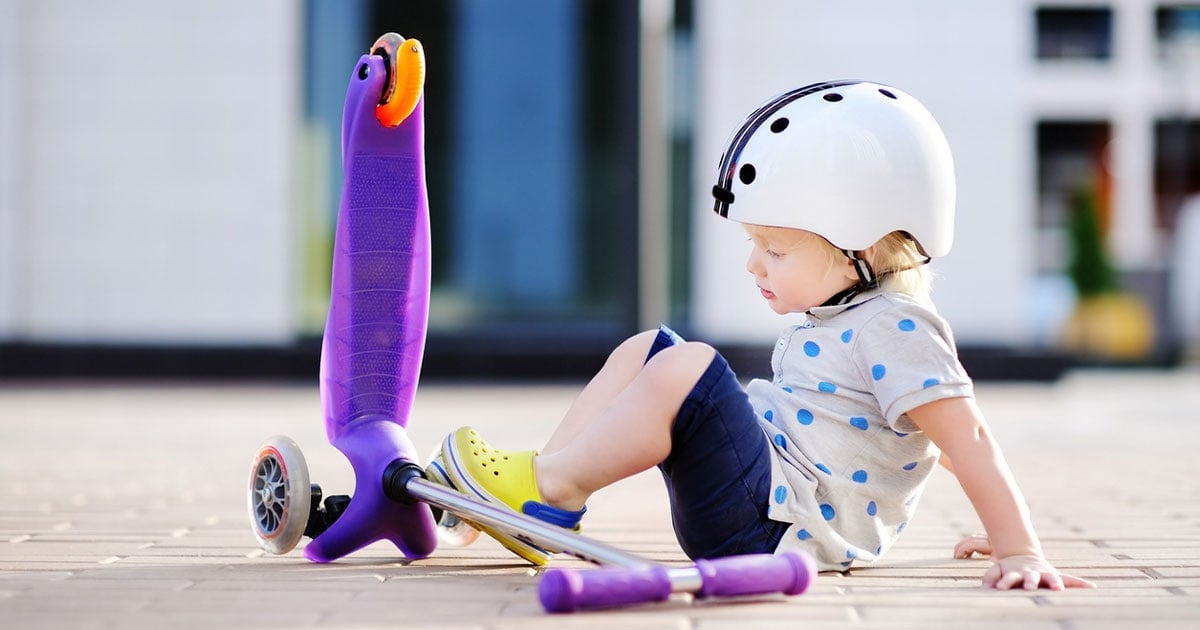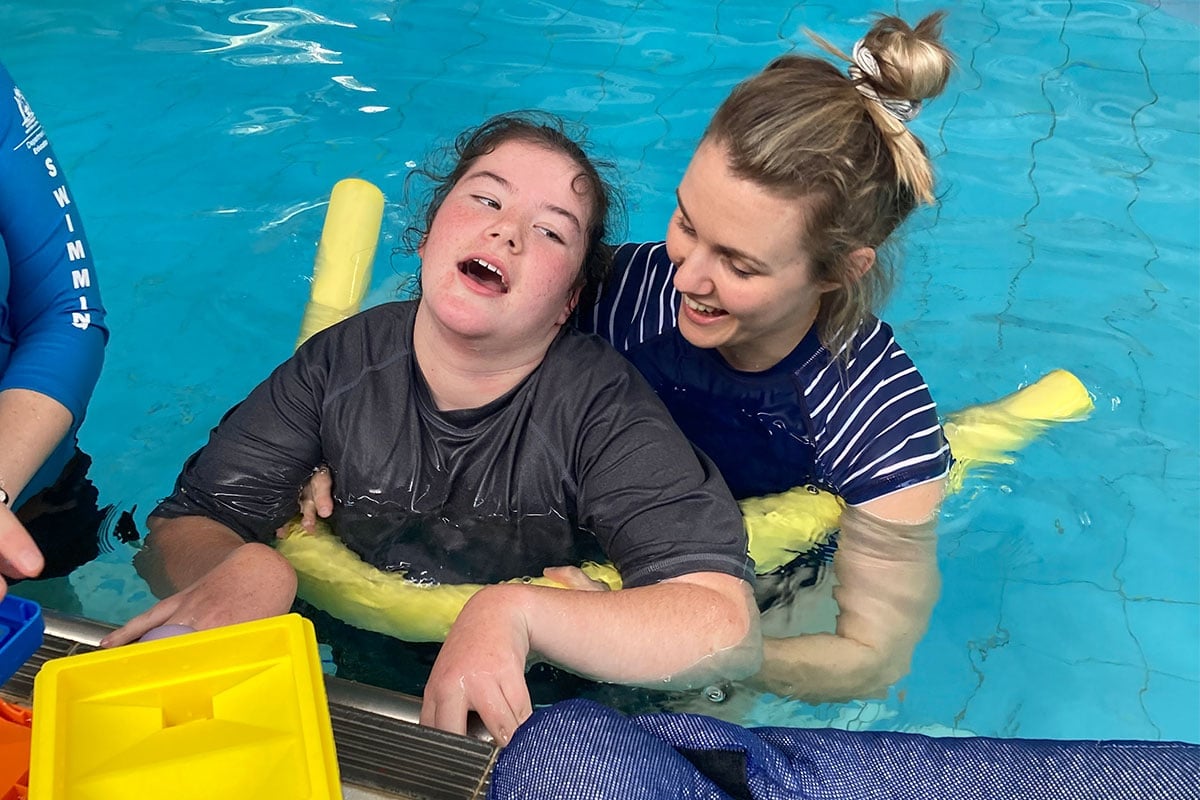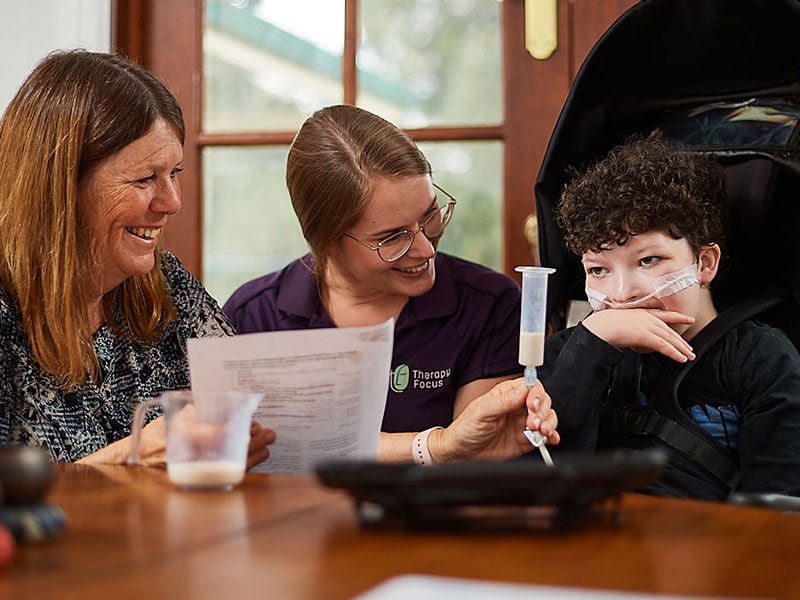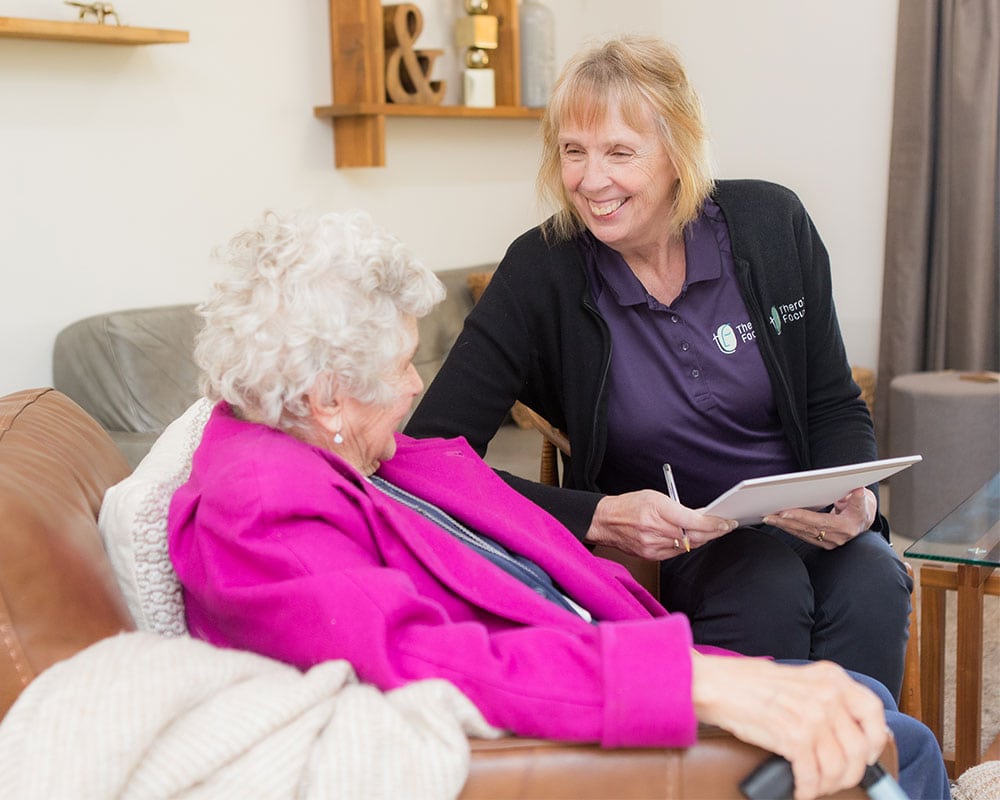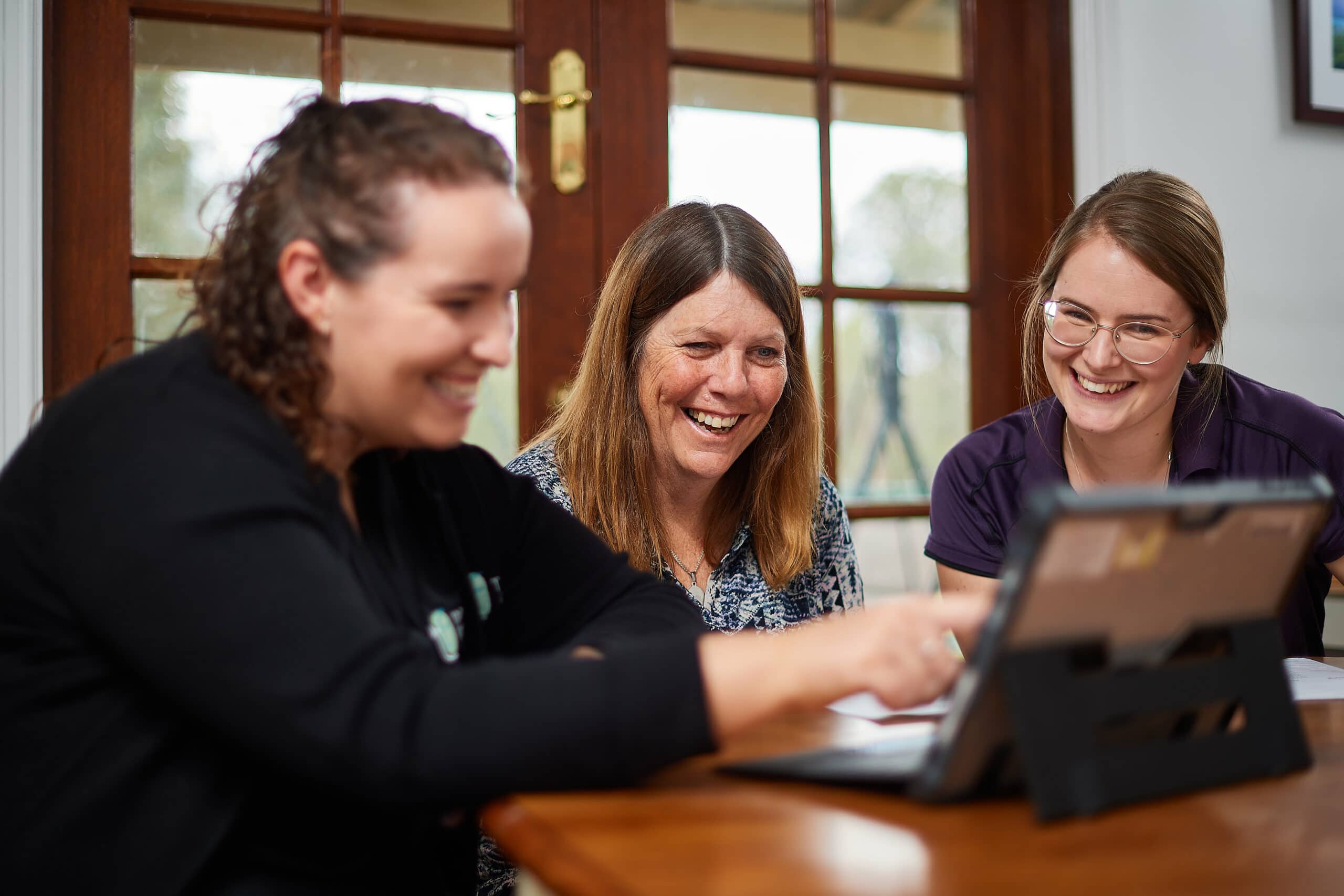A Physio’s Guide to Ride-on Toys
Scooters with seats, scooters without seats, 3-wheeled scooters, 2-wheeled scooters, balance bikes, bikes, trikes.
The world of ‘ride-on toys’ is great fun, but with so many options available it can be confusing and overwhelming for parents. It’s difficult to know which ride-on toy is right for your child, when to introduce them to it, and how to teach them to use it.
When can my toddler start using a scooter?
As a rough guide, children begin to develop skills at the following stages:
- 18 months – 2 years: learn to propel (walk/run) on non-pedalled ride-on toys
- 2-3 years: learn to ride a tricycle/bike with trainer wheels, a 3-wheeled scooter and a balance bike with a glide phase
- 5+ years: learn to ride a 2-wheeled scooter
- 4-6 (even up to 10) years: learn to ride a pedal bike without trainer wheels
However, ‘developmental milestones’ vary significantly and depend on your child’s functional ability and exposure to a skill. If they don’t have access to the equipment or opportunities to learn, then they won’t develop new skills. This is true for all aspects of movement and ride-on toys are no different.
It’s important to note that your child doesn’t have to be able to use every type of ride-on toy. Consider what you want to help your child learn and how those skills and abilities will fit within your family’s lifestyle. Do you want to exercise alongside your child? Does a ride-on toy offer new ways for your child to be physically active?
Your child’s personality also affects their ability to master a ride-on toy. Are they confident? Timid? Risk-averse? Love speed? This may be a factor when choosing what to introduce.
Modeling is very important, especially for children who are less confident or skilled. You don’t have to be a master on wheels yourself, but you do need to join in and encourage them. It’s also important to demonstrate that getting hot, sweaty, and tired through all sorts of physical play is ok!
What should I look for when buying a bike or scooter?
Sturdiness – typically you get what you pay for. Think about future use for siblings or friends.
A narrow seat – this allows your child’s feet to sit below their hips, which puts them in a better position for pushing
Height adjustability – as your child grows you need the ride-on toy to grow with them.
Options for modification – many ride-on toys have the ability to change as your child’s needs change. For example, a balance bike that comes with pedals for attachment at a later stage
How do I teach my child to use a bike or scooter?
Introduce it slowly and incidentally. Use it as a toy they can put other toys on/in and push around. Have them wear a helmet while doing this – it’s always a good idea to introduce a helmet early on.
Try different types. Consider borrowing various ride-on toys from family or friends, or check your local toy library. This helps your child try different options and find type that they like best – plus potentially save you money!
Join them! Ride, walk or run beside your child to encourage them and help them if they lose their balance. For toddlers, this might mean sitting on the ground outside and pretending to be a roundabout as they scoot around you.
Give them space, but start small. Use your front driveway, outdoor area or the basketball court at your local school on the weekend. Save the lap around the river for when they’ve had practice and are confident.
Embed it within play. If your child isn’t keen on riding for riding’s sake, create a mystery to solve, an emergency to attend to, or an errand to run. They may be more motivated if the activity is embedded in imaginative play.
Be guided by your child in effort vs rest. Give them breaks and create a hop-on-hop-off service.
Wait to introduce other cognitive tasks. Things like road rules and bell ringing shouldn’t be introduced until they have mastered pedaling, steering, and braking.
Repetition is key! Create regular opportunities to practice. Even if it’s only five minutes at a time. Encourage your child and congratulate them on their efforts, especially when progress is very slow.
Top tips for learning to ride a bike
Don’t take the training wheels off too early – let them develop steering, strength, speed, and confidence before you remove the training wheels. You may have to take a step back to go forward – i.e. remove the pedals from your child’s bike to make it a balance bike so they can learn to balance without training wheels before adding the pedals back on.
Start with a seat height that is a bit lower than optimal so your child feels confident they can place their feet down if they lose their balance.
Teach your child to squeeze the brakes as they get on the bike and put their feet on the pedals (preferably the ball of their foot and toes) while you support the bike. Then instruct them to release the brakes when they are ready to start riding.
Support your child by their trunk/torso, rather than holding the seat or handlebars of the bike. This allows your child to control and correct their steering – plus protect your back! Gradually move your support up to their shoulders or hover your hands just off their trunk/torso as you walk/run beside them – but stay close enough to catch them if they lose their balance.
Encourage them to keep pedaling/pushing to keep their speed up.
Prompt them to squeeze their brakes/pedal backward to slow down and stop, then place their feet on the ground rather than use their feet to stop.
Get personalised advice and support
Our physiotherapists help children with disability maintain or improve their movement and mobility. Learn more about the highly individualised services we offer.


